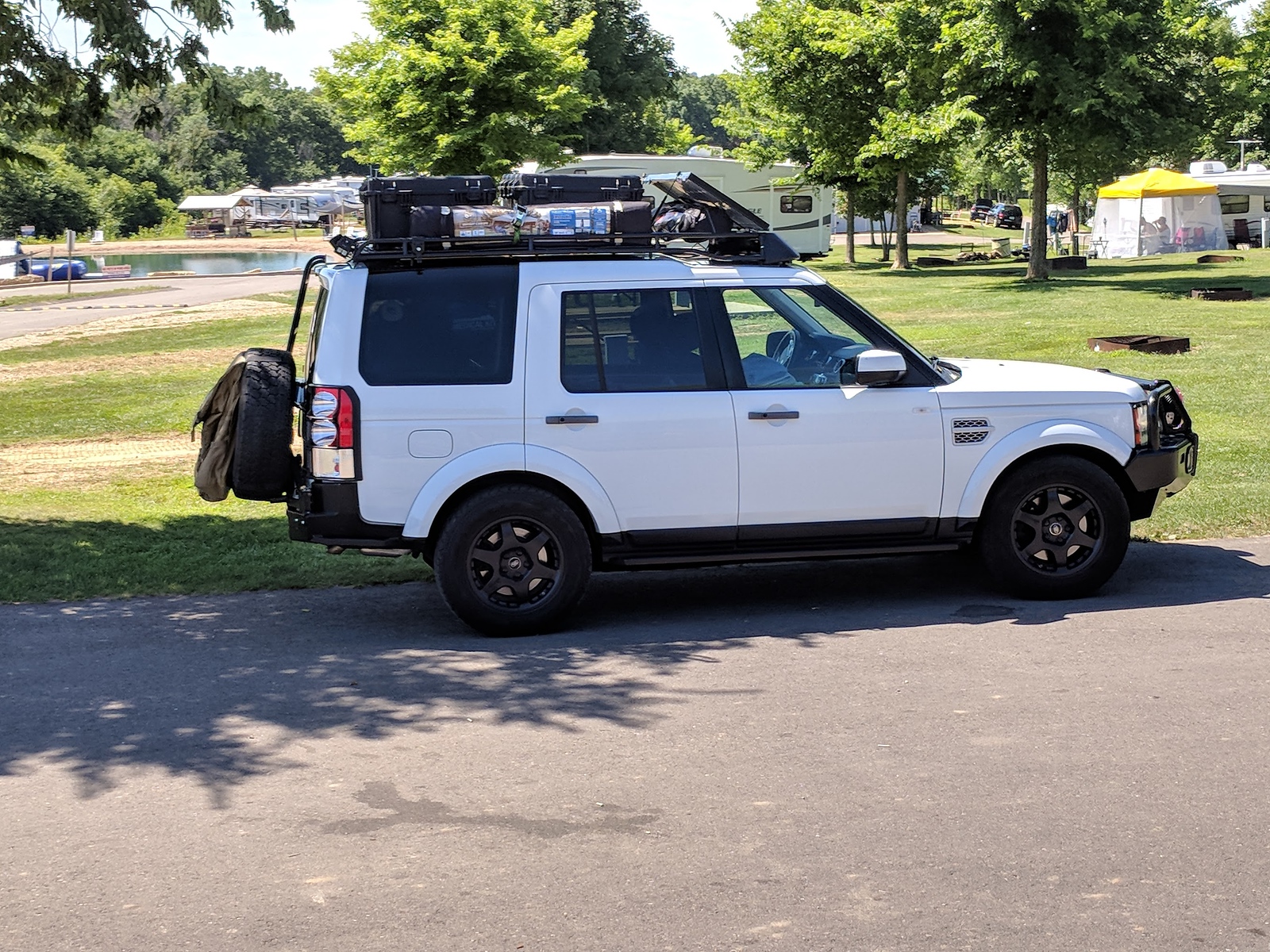
Member III
Just saw this on YouTube. It puts it into perspective on what to consider to keep the weight down for overlanding.

Member III

Member III



Off-Road Ranger I

Member III

Member III

Pathfinder I
Exactly.Um....
1. He didn't build a rock crawler.
2. Whether or not the previous owner abused it, he was at fault too.
3. The extra weight wouldn't have been too much of an issue had he learned how to drive what he had properly.
Foot to floor in mud is really hard on drive line. Bouncing a vehicle like that doesn't make the axle housings very happy either.
I don't consider my Jeep a "rock crawler" and I don't need to mash my foot to the floor uncontrollably in mud. Finesse is more what I use with the occasional mash foot. I enjoined the part where he is foot to floor bouncing sideways.
The build I did would actually hold up to how he drives. let's compare.
1. Heavy bumpers, winch, modified tailgate/spare carrier. Same
2, Full belly skid. Same
3. Bigger axles with chrome moly shafts, gusseting, Air Lockers (he was open diff). Nope.
4. Reworked trans for the torque, 2 external coolers. Nope
5. Stopped there. No reason to go farther.
What he has is a stock Jeep with some bolt on's. Unfortunately people think Jeep=Indestructible.
I have added extra weight to all of my vehicles. I modify what is needed to accept it. One part everyone overlooks is brakes. Your brake system is designed to handle whatever your max weight is. That's assuming you use factory or better brake parts and you don't change the tire size more than 1-2 sizes bigger. We NEVER change tire size....oh ..we do. Heh.
So bottom line, what everyone said above me on watching vehicle weight is true. If you cant keep the weight down, know what your limits are and don't abuse your vehicle and blame something else.
Scott

Member III
Good job there. I also run high nickle rotors for better heat resistance. Look into centric (stop tech brand) or equivalent for the rotors. Higher end street not racing.The more aggressive compound of these pads will cause more wear on the rotors and higher heat, but I do regular inspections of my rig to stay on top of unusual wear
Absolutely. We have to remember, the manufacture recommended "severe service" is based on heavy traffic/city, hills, towing and higher temps on an unmodified vehicle. These should be used as a minimum guide depending on how you load and drive your rig. If you have say 33's - 35's on a smaller vehicle, you want to change your power steering fluid at least every other year and add a cooler to it if not equipped.Most owners manuals list two maintenance schedules. One "normal use" and one "severe use". The way most of us use our vehicles falls under the "severe use" category and require much more frequent and extensive maintenance than simply a 4k oil change and 12k air filter.

Member III
Yes it does for sure!Damn, it looks like he beats the snot out of his rigs!

Member III
What he said.Here are a few more vids I just found on this same subject as well. However, these are more about un-sprung weight and what it can do to your suspension on a long bumpy road.
So things like larger and heavier tires, or the solid axles most of us have in at least the rear, not airing down/slowing down, or the wrong shocks can... basically cause things to fail.... especially on those long stretches of bumpy roads we seek.

Off-Road Ranger I
